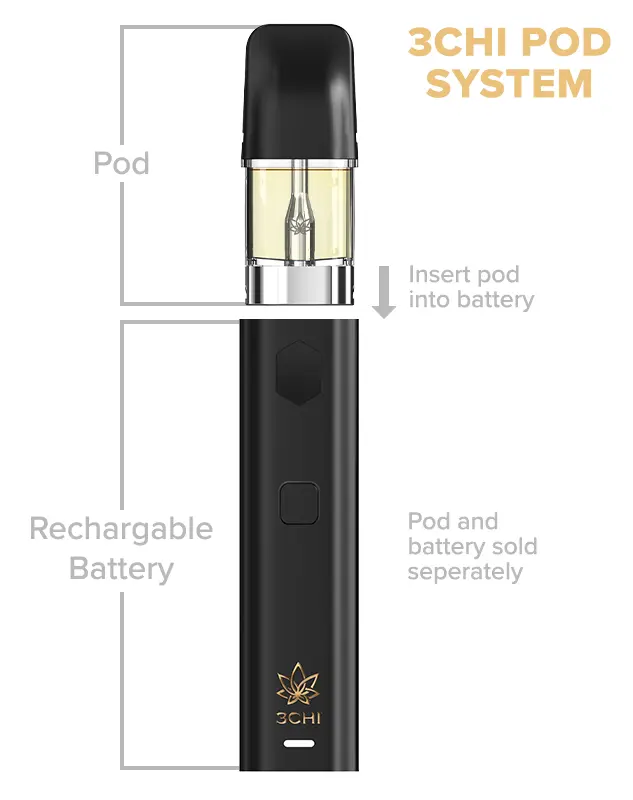The Environmental Impact of Disposable Vapes: Are They Truly Sustainable?
As culture increasingly changes in the direction of eco-conscious intake methods, the sustainability of items has come under analysis especially previously. Non reusable vapes, a booming market section in the vaping market, have actually triggered discussions regarding their environmental influence. The comfort and simplicity of usage that non reusable vapes supply are obvious, yet below the surface area lies an intricate internet of environmental repercussions that question about their true sustainability. With concerns ranging from resource removal to waste disposal, delving into the ecological impact of non reusable vapes reveals a diverse issue that is worthy of better evaluation.
Ecological Effect of Non Reusable Vapes

Unlike traditional vapes that can be re-filled and reused, non reusable vapes are made for a single-use cycle, bring about a quick build-up of electronic waste. The production process of disposable vapes likewise eats important sources and energy, additional exacerbating their environmental footprint. Incorrect disposal of these devices can lead to dirt and water contamination, positioning risks to wildlife and ecosystems.

Production Refine and Source Consumption
During the production of non reusable vapes, substantial amounts of resources and energy are consumed, contributing to their overall ecological impact. Additionally, the production of disposable vapes typically entails the usage of non-renewable resources, better depleting limited products.
Additionally, the production of non reusable vapes likewise creates waste and air pollution. The manufacturing process of disposable vapes plays a significant role in their general environmental footprint and sustainability factors to consider.
Waste Generation and Disposal Challenges
Because of the resource-intensive manufacturing procedure of disposable vapes, the monitoring of waste generation and disposal presents substantial environmental difficulties. Disposable vapes contribute to the mounting problem of digital waste due to their single-use nature and facility structure. The batteries, wiring, and plastic components of disposable vapes make them tough to reuse effectively, leading to a considerable quantity of e-waste ending up in land fills. Improper disposal of these gadgets can result in hazardous chemicals leaching right into the dirt and water, positioning threats to environments and human health and wellness.
Moreover, the inappropriate disposal of non reusable vape cartridges, which often have recurring nicotine and various other harmful substances, can pollute the environment otherwise dealt with appropriately. The absence of standardized recycling programs for these cartridges aggravates the issue, with lots of winding up in regular waste streams.
To deal with these waste generation and disposal difficulties, it is necessary for manufacturers to develop more lasting vape products that are less complicated to reuse. Furthermore, boosted recognition and education and learning on proper disposal techniques amongst consumers are essential in minimizing the environmental effect of disposable vapes.
Chemicals and Toxic Materials Usage

In addition, the batteries in disposable vapes contain heavy steels such as lithium, cadmium, and lead, which are dangerous to the setting if not recycled properly. Turn products. Incorrect disposal of these batteries can result in dirt and water contamination, positioning threats to environments and human health and wellness. Consequently, the site web extensive use chemicals and harmful products in disposable vapes highlights the relevance of taking on lasting methods in their manufacturing, usage, and disposal to minimize unfavorable environmental effects.
Sustainable Alternatives and Solutions
What sustainable options and options can be applied to resolve the environmental impact of disposable vapes? Additionally, advertising accountable disposal techniques for disposable vapes, such as recycling programs, can aid minimize the ecological effects connected with these items.
One more sustainable service is the development of naturally degradable vape elements. Producers can discover using naturally degradable materials for vape casings, cartridges, and product packaging to decrease the long-term ecological influence of these products. Motivating the use of vaping products with fewer chemical ingredients and contaminants can likewise contribute to an extra sustainable vaping industry.
Education and understanding campaigns can play a crucial duty in advertising lasting practices among vapers - Turn products. By informing consumers concerning the environmental effect of non reusable vapes and highlighting the advantages of eco-friendly options, individuals can make even more educated options that align with environmental preservation efforts. Ultimately, a mix of governing steps, technological advancements, and consumer actions is necessary to deal with the ecological challenges posed by non reusable vapes
Conclusion
To conclude, the ecological impact of non reusable vapes is significant due to the production procedure, resource usage, waste generation, and use chemicals. Sustainable alternatives and services must be considered to minimize these unfavorable results. It is vital for producers and consumers to focus on eco-friendly methods to reduce the environmental harm brought on by non reusable vapes.
The ecological influence of non reusable vapes is an expanding concern as their extensive use contributes to you can try here plastic waste buildup.Unlike typical vapes that can be filled up and recycled, disposable vapes are made for a single-use cycle, leading to a quick build-up of electronic waste. The widespread usage of chemicals and toxic products in disposable vapes emphasizes the value of embracing sustainable practices in their use, disposal, and production to mitigate adverse ecological impacts.
By educating customers concerning the ecological influence of non reusable vapes and highlighting the advantages of environmentally friendly options, people can make more educated selections that line up with ecological conservation efforts.In final thought, the ecological impact of disposable vapes is significant due to the production process, resource intake, waste generation, and use of chemicals.
Comments on “Turn Products Best-Selling Vape Pens: Essential Tips”